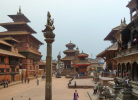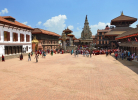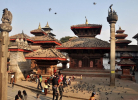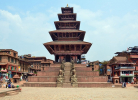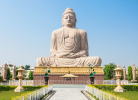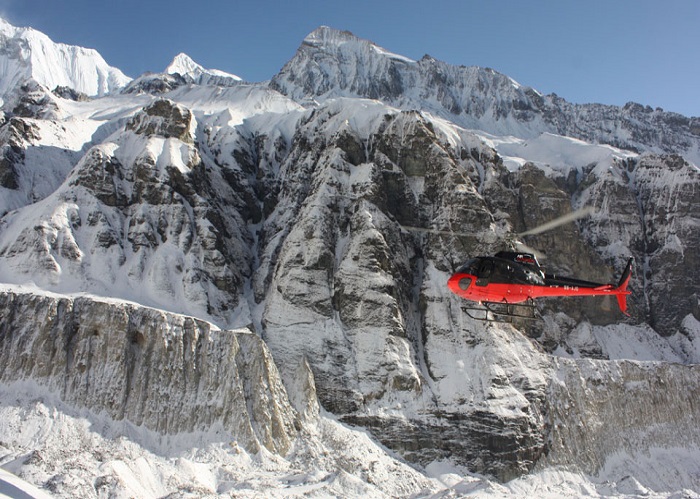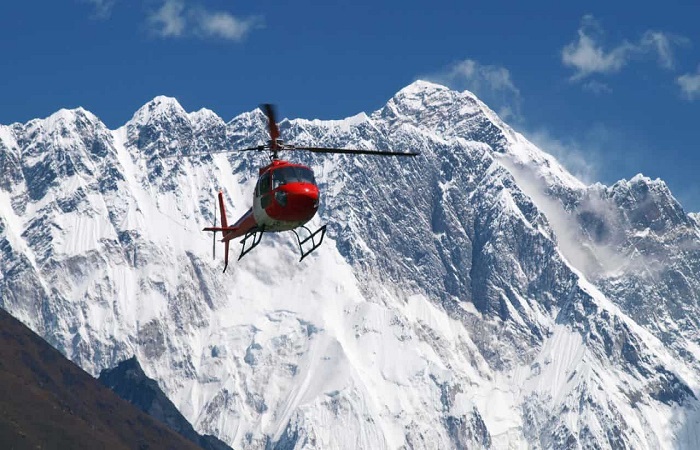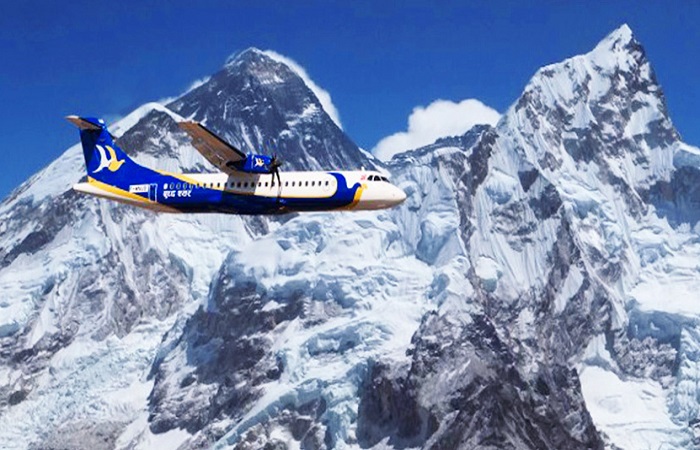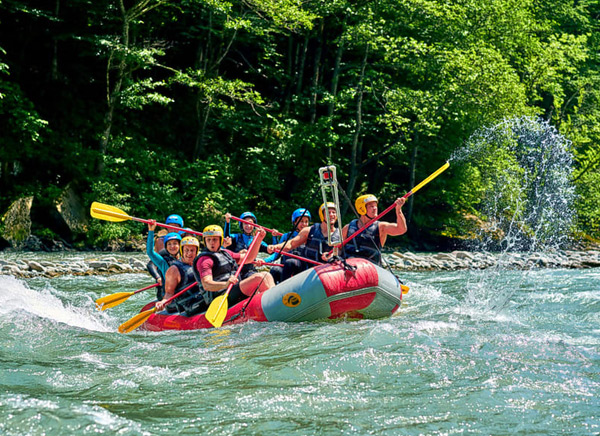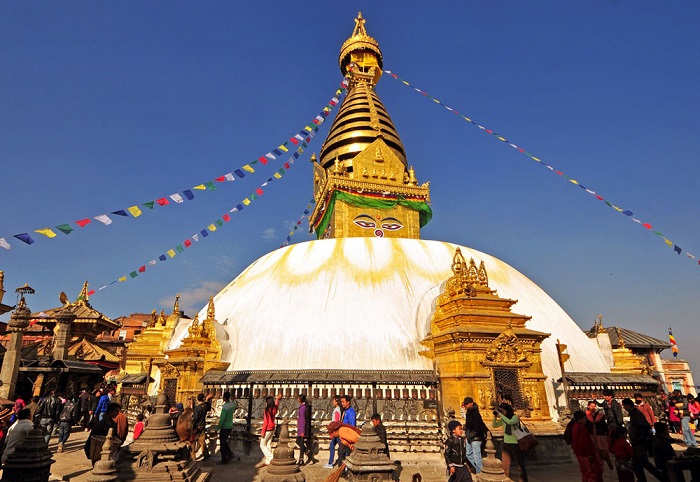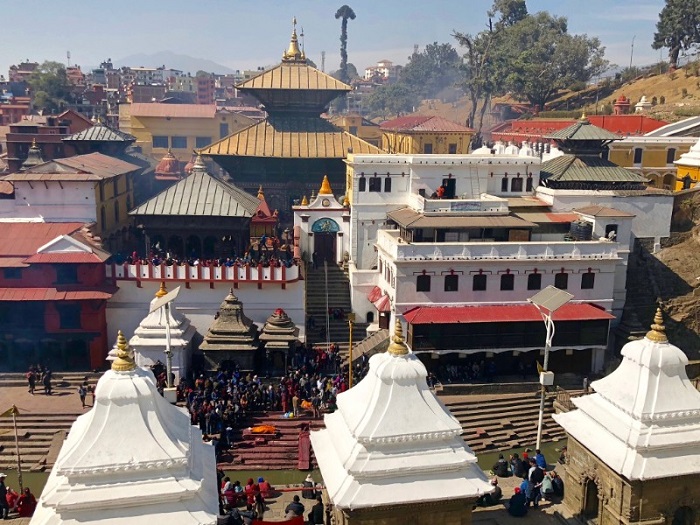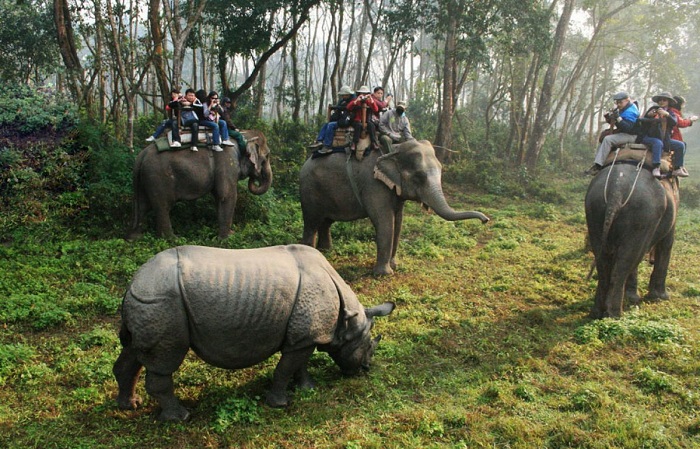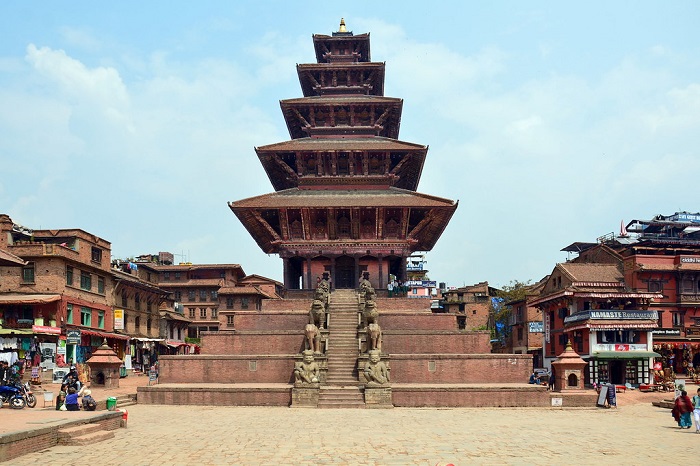River Rafting in Nepal
River Rafting in Nepal
Rafting is an outside activity which uses a raft to direct a river or other body of water. This is often done on whitewater or different degrees of roughness. Dealing with risk and therefore the need for teamwork is usually a neighbourhood of the experience. It is an exciting sport which has to evolve from individuals paddling 10 feet to 14 feet rafts with double-bladed paddles or oars to multi-person rafts propelled by single-bladed paddles and steered by an individual at the strict, or by the utilization of oars. Rafting on certain sections of rivers is taken into account an extreme sport and may be fatal, while other sections aren't so extreme or difficult.
Rafting is additionally a competitive sport practised around the world which comes to a climax during a world rafting championship event between the participating nations. The International Rafting Federation often mentioned because the IRF is that the worldwide body which oversees all aspects of the game.
Nepal is well-known for its amazing mountains and treks, but those-in-the-know also rate it together of the world’s best destinations for foam rafting. The rivers are long and clean surrounded by amazing mountains, hills and jungle landscapes, the guides are friendly and highly skilled and costs are low. Here’s all you would like to understand about white river rafting in Nepal.
Best Rivers for Rafting in Nepal
1. Trisuli River
The put-in point for rafting on the Trisuli River is a few three to four hours’ drives from Kathmandu. It’s a pleasant bouncy river, but the rapids aren’t too big, making this a perfect river for beginners. The waters are usually quite warm, and from the river, pretty terraced farmland, local villages and enormously high hills are often seen. As this river also flows between Kathmandu and Pokhara (the highway runs parallel thereto for a few of the way) and river trip ends near the turn-off to Chitwan, it’s possible to rearrange an onward transfer after the rafting fun, instead of returning to Kathmandu.
2. Bhote Kosi River
The Bhote Kosi River (meaning Tibetan river) maybe a little closer to Kathmandu, at two to 3 hours to the north-east. The Bhote Kosi have an extended raftable stretch, but because of a serious landslide in 2014, only a shorter section remains navigable. Still, there’s enough for lots of fun for a few hours and therefore the water here is cool and refreshing – particularly good for the warmer months. There are nice river camps along the way here to remain for the night if you would like (although be warned that they get busy – and noisy – with partying Kathmandu students on the weekends).
3. Seti River
From Pokhara, rafting the Upper Seti is the best one-day option. At 90 minutes, trips on the Seti are a touch shorter than the choices from Kathmandu, but it’s far more accessible, at only a 30-minute chase away. It’s also chock-full of sophistication three and 4 rapids and comes with glorious views of the Annapurna.
4. Kali Gandaki River
The Kali Gandaki River is accessible from Pokhara. This river flows down the Kali Gandaki Gorge, which is the deepest gorge within the world, at 5,571 metres at one point. Imagine the views bobbing through that! Kali Gandaki trips generally last three days so that they are another good option for a shorter trip.
5. Sun Kosi River
The Sun Kosi, or ‘river of gold’, maybe a few hours’ drives from Kathmandu and ends on the brink of the Indian border, in south-eastern Nepal. The eight-day trip may be a classic and a favourite among rafters and kayakers alike. The beaches and river sparkle with the golden sand, the camping beaches are clean and remote, the high hill scenery gives thanks to the flat plains of the Terai and there are many mid- and big-sized rapids for lots of fun.
6. Tamur River
Two of Nepal’s best activities – trekking and rafting – close on the Tamur River trip. On this 12-day expedition, the primary three days are spent trekking within the mountains, reaching altitudes of over 3,000 metres and having the kayaks and rafts carried by porters! The rapids on this river are quite challenging so that they are best fitted to people with some rafting experience.
7. Karnali River
The Karnali River runs through Western Nepal, a particularly remote and under-developed a part of the country. The ten-day river tour is one among the few ways to ascertain the region and pass along clear blue waters, jungles, amazing rock formations and end near Bardia park. The Karnali River is threatened by a hydropower project, however, so it might be an honest idea to require this trip sooner instead of later.
Rafting + Kayaking
Where foam rafts can go, so can kayaks. Although visitors can learn to kayak in Nepal and continue kayak-only trips, it’s also possible to mix the 2 activities. This is particularly a good idea for beginners or intermediate kayakers who want to improve their skills, but who may not be confident about kayaking all day, every day on a longer trip. It’s also an honest idea for groups of friends or couples travelling together, who may have different skills and interests.
Choosing a rafting company
Nepali companies don’t necessarily need to abide by an equivalent standard as tour companies in another country, but many reputable ones do. Look out for companies that have good, recent reviews and who have their credentials displayed on their office walls – and can talk to potential clients about them.
A particular point to ask about their ratio of safety kayakers to their clients. These guys are the ones who keep clients safe should they fall in the water and some companies may try to cut costs by limiting the number of safety kayakers. Reputable, well-established companies for extended trips include Ultimate Descents, GRG’s Adventure Kayaking and Airborne Nepal.
Another consideration when choosing a visit and a corporation is that the sort of accommodation provided. When avoiding on a multi-day trip, it’s necessary to camp on beaches, as this is often the only option. However, for overnight trips, some companies can arrange accommodation during a basic or easier river camp.
Sukute Beach and Rafting Star on the Bhote Kosi River have good camps, with permanent tents and attractive landscaped gardens. For something a touch more up-market, request to remain at the Riverside Springs Resort on the Trisuli River, halfway between Kathmandu and Pokhara.
Best time to Visit Nepal for River Rafting
The peak seasons for tourists in Nepal are spring (March-May) and autumn (September-November). At these times, the weather is at its best, being hot but not uncomfortably so, and there’s usually very little or no rain.
Water levels are a crucial factor for foam rafting. In the spring, water levels are often quite low, as, at this point, it's been the longest since the heavy rains of monsoon. On some rivers (such because the Bhote Kosi) the flow is often a touch low, meaning it’s common to urge stuck on the rocks! This isn’t usually a serious problem but are often an inconvenience and hamper the fun. The wind on some rivers (such because the Karnali) is often an annoyance during this season, too.
In autumn, after the monsoon, water levels are at its peak. This can bring some exciting rapids – sometimes a touch too exciting earlier within the season (around September)! By late November, the nights are becoming quite cold for camping on beaches, but in other respects, this is often the simplest time to travel.
View more about Best time to visit Nepal
Average costs
White water rafting is extremely good value in Nepal. While a 10-day trip within the USA may cost several thousand dollars, an identical trip in Nepal is more within the $800-1,200 range. This includes all the charges of food, tent hire, equipment and ground transportation. Day trips are charged around $70, including transportation and lunch.
Tip your guides if you’ve had an honest experience. Guides in Nepal aren’t paid well and appreciate the additional cash. Be sure to tip the guides directly (or hand it to a head guide an extended trip) instead of provides it to the corporate, because it isn't always passed on to the guides within the latter case. Approximately 10% of the entire trip cost is an appropriate amount.


